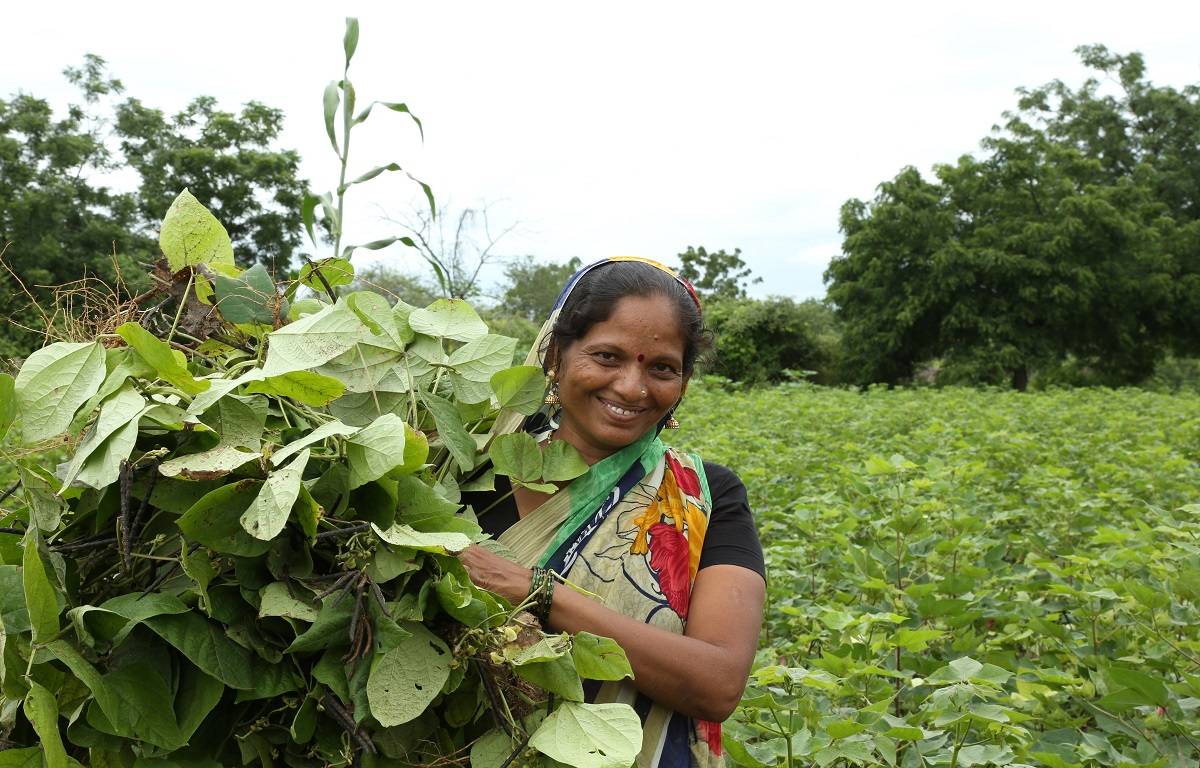
Agriculture, like every other sphere of life is not exempt from social change. And it certainly is not free from the discussions of gender roles and the disparity between the male and female sexes. Predominantly, a male dominating sector - agriculture - in the yonder years would not have invited an argument as nuanced as this.
But now, our fields speak not only of crop diversity but farmer diversity as well. Indian women contribute massively to the Indian agriculture sector, particularly at the farm level but their contributions are often overlooked.
What caused the shift? What caused women to venture into farming? The answer may be less than rosy as it involves a grim reality. India’s agriculture sector, despite being a huge part of the economy, fails to sustain farmers. And lately, the increasing disillusionment with farming has caused rural farmers to migrate to the urban areas with hopes of a more stable income.
This often leaves their wives at home; with both the families and fields to look after. And this economic migration has been a huge reason as to why more and more Indian women venture into farming. They step into to fulfil the need of the hour, hoping to be able to provide an additional source of income for their families and not let the land go to waste.
When we look at the statistics, it presents a dismal picture. To be precise, 80% of all economically active women in India work in the agricultural sector, where they make up 33% of the labor force and 48% of the self-employed farmers.
Only about 13% of rural Indian women own land, despite the fact that 85% of them work in agriculture. The situation is worse in Bihar, where just 7% of women have access to land, despite the fact that they are crucial to many agricultural activities.
When we speak of women’s contribution to farming, we also need to look at how we can bring women to the fold of natural farming as well. One such example would be Andhra Pradesh Community-Managed Natural Farming (APCNF). By utilizing the already-existing institutional platform of women's Self-Help Groups (SHGs), which are essential to scaling, sustaining, and deepening the natural farming program, APCNF has engaged women in social mobilization, collective action, community learning, and community marketing.
Additionally, this movement has given women the tools they need to establish their own authority in their communities and enhance the nutrition and income of their households.
One way of improving women’s empowerment within agriculture is working with FPOs. Often built around SHGs, FPOs have demonstrated the ability to add value during several post-harvest stages, including harvesting, primary processing, storage, secondary processing, and market connections.
For instance, the JEEViKA program in Bihar has enlisted more than 200,000 female small farmers in commodity-based FPOs. These FPOs have successfully marketed grains, fruits, and vegetables while achieving noticeably increased turnover. In certain cases, returns at the farmer level have increased by 20–30%. A really good trend is starting to emerge around the success of the FPO model as a whole and the success stories of women-owned and managed FPOs.











